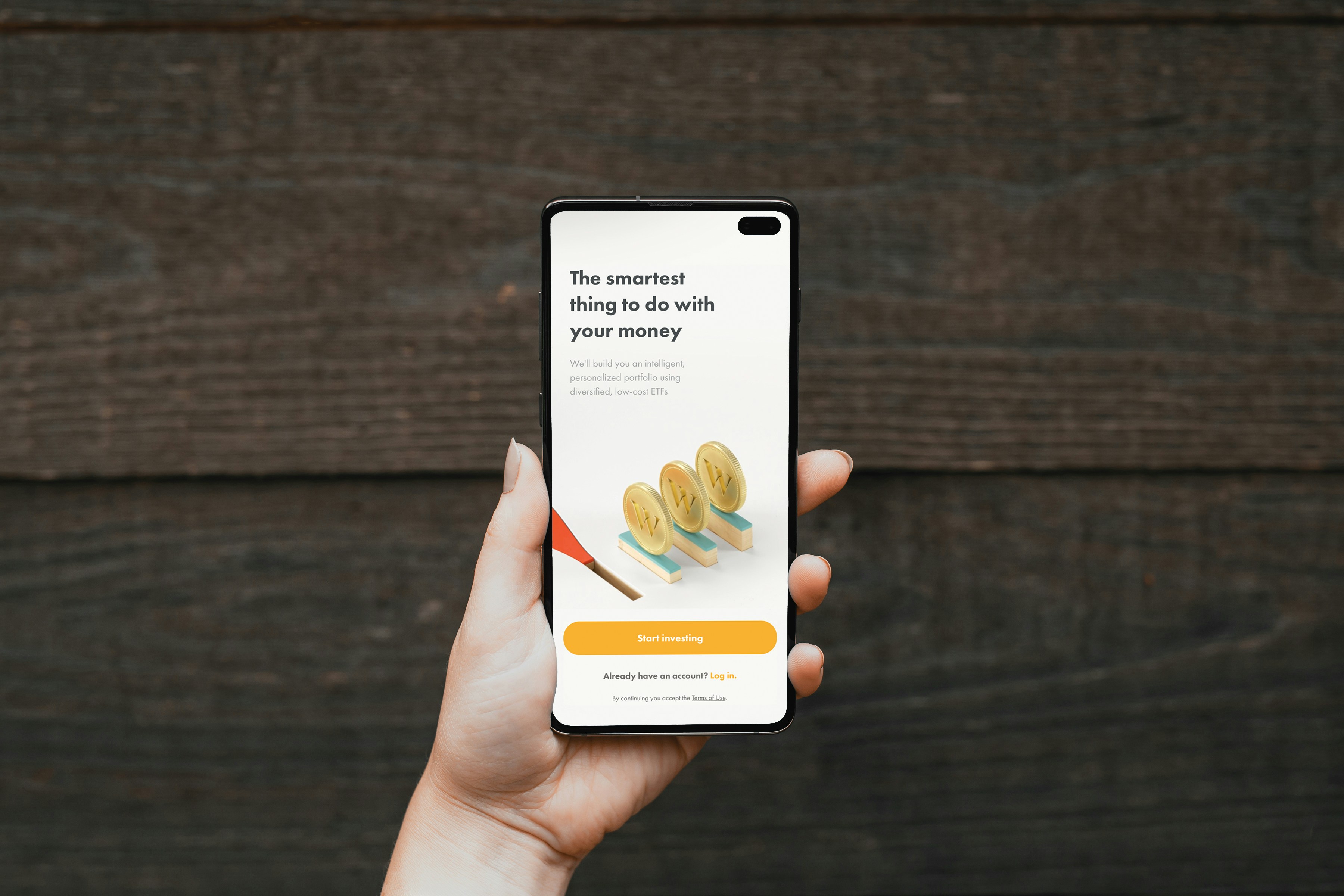
Understanding Dividend Investing
Dividend investing is a strategic approach to generating income through investments in stocks that pay out a portion of their earnings to shareholders. These payments, known as dividends, are typically distributed on a quarterly basis and can provide a steady source of income, making them an appealing option for both new and experienced investors. Understanding how dividends work is essential for anyone considering building a dividend portfolio.
Dividends are often paid by established companies that generate consistent profits, allowing them to share a part of their earnings with investors. This distinguishes dividend stocks from other types of investments, such as growth stocks, which typically reinvest their profits back into the business. While growth stocks may offer attractive capital appreciation, dividends provide a tangible return on investment, making them a valuable component of a diversified portfolio.
One of the significant benefits of dividend investing is the potential for compounding returns. By reinvesting dividends rather than taking them as cash, investors can acquire additional shares over time, which can exponentially increase the value of their portfolio. This reinvestment strategy contributes to what is known as the power of compounding, where the earnings generated from investments grow at an accelerated rate.
Key concepts related to dividend investing include dividend yield, which measures the annual dividend payment relative to the stock price, and the payout ratio, representing the percentage of earnings distributed as dividends. Additionally, understanding dividend growth—indicated by a company’s ability to increase its dividend payments over time—can help investors identify strong candidates for long-term investment. By grasping these critical elements, individuals can effectively navigate the world of dividend investing and make informed decisions to build a robust dividend portfolio.
Setting Up Your Initial Investment Plan
Creating a robust investment plan is an essential step for building a substantial dividend portfolio. Starting with an initial investment of $5,000, one should focus on developing strategic approaches to maximize dividend income. The first step involves determining an appropriate asset allocation that aligns with your investment goals and risk tolerance. Generally, a balanced approach distributing funds across different asset classes—such as equities, fixed-income securities, and cash—is advisable for achieving a steady stream of dividend payments.
Diversification across various sectors is equally important. Investing in different industries reduces the impact of any one sector’s downturn on your overall portfolio. This strategy not only mitigates risk but also opens up opportunities to capture dividends from multiple sources. Additionally, focusing on high-yield stocks can significantly enhance your portfolio’s dividend income. High-yield dividends indicate companies with a solid financial position and a history of returning profits to shareholders. Researching companies with stable earnings and a consistent track record of dividend payments should be a priority.
Setting realistic financial goals is vital for guiding your investment journey. Define your objectives, whether it’s achieving a specific income level or growing your investment over time. Establishing a timeline for these goals can aid in maintaining focus and discipline throughout the investment process. Moreover, preparing for potential market fluctuations is crucial, as stock values can be volatile. An effective strategy could involve periodically reviewing your investment performance and adjusting your holdings to stay aligned with your goals.
Lastly, selecting the right brokerage account is another critical component for effective dividend investing. Look for a brokerage that offers low fees, a user-friendly interface, and research tools tailored for dividend stocks. With careful planning and execution, your $5,000 investment can be the foundation for building a prosperous $100K dividend portfolio.
Building Your Dividend Portfolio: Strategies for Success
Creating a successful dividend portfolio requires a strategic and disciplined approach to investing. One of the key strategies involves continuous education on market conditions, which allows investors to stay informed about shifts that could impact their investments. It is essential to understand economic indicators, sector performances, and company fundamentals in order to identify high-quality dividend stocks. Focusing on companies with a strong history of paying and increasing dividends is crucial, as these firms typically indicate robust financial health and appealing growth potential.
Regularly monitoring the performance of your dividend stocks is equally important. This involves not only tracking stock prices but also evaluating the company’s earnings reports and dividend announcements. An investor should remain adaptive, ready to reallocate resources if a stock’s fundamentals deteriorate or if more promising opportunities arise. Informed reinvestment decisions can significantly contribute to the overall growth of a dividend portfolio. Utilizing dividend reinvestment plans (DRIPs) can enhance this process, allowing investors to purchase additional shares and compound their returns over time effectively.
Moreover, the practice of dollar-cost averaging can assist investors in mitigating market volatility. By consistently investing a fixed amount of money regardless of the stock price, you can buy more shares when prices are low and fewer when prices are high, which may lessen the impact of market fluctuations over time. Regular contributions to the portfolio will further accelerate growth toward the $100K target, emphasizing the importance of consistency in investing.
Finally, maintaining a balanced approach between risk and reward is crucial. Diversifying your portfolio across various sectors and including both stable blue-chip companies and high-growth stocks can help achieve a desirable risk-return profile. One cannot underestimate the value of patience and foresight in building a substantial dividend portfolio, as steady and well-planned investments will yield compound returns that foster long-term wealth accumulation.
Tracking Progress and Adjusting Your Strategy
Tracking the performance of your dividend portfolio is a crucial aspect of building and maintaining a successful investment strategy. As your portfolio evolves, it is essential to regularly review dividend payouts and assess whether your investments align with your financial objectives. Keeping a close eye on these metrics allows you to make informed decisions regarding any necessary adjustments to your strategy.
One key practice is to evaluate your holdings against your long-term financial goals. This involves assessing the total income generated from dividends and the overall growth of your investment. Setting benchmarks for performance can help you determine if certain stocks are underperforming, which may indicate that a reassessment is required. If particular investments consistently fail to meet expectations, consider cutting your losses and reallocating those funds to more promising opportunities.
Rebalancing your portfolio is a proactive strategy that can help ensure your investments remain aligned with your risk tolerance and financial aspirations. Market fluctuations may lead to disproportionate allocations in certain sectors, which could expose your portfolio to unnecessary risk. By periodically rebalancing, you can maintain a diversified portfolio that captures a range of potential growth while mitigating losses from any particular investment.
Additionally, staying informed about broader market trends and economic factors is vital for understanding the potential impacts on dividend stocks. Factors such as interest rates, inflation, and overall economic health can influence dividend yield and payout stability. Regularly educating yourself about these dynamics can guide your investment decisions and enhance your ability to adapt your strategy to changing circumstances.
Incorporating tax implications into your planning is another critical component. Understanding how dividends are taxed can help you manage your cash flows effectively and optimize your returns. A comprehensive approach that includes performance tracking, rebalancing, market awareness, and tax planning will significantly contribute to ensuring your portfolio stays on track toward the ambitious goal of reaching $100K. Regular assessments of your investment positions will enable you to make informed adjustments that align your portfolio with your long-term objectives.


